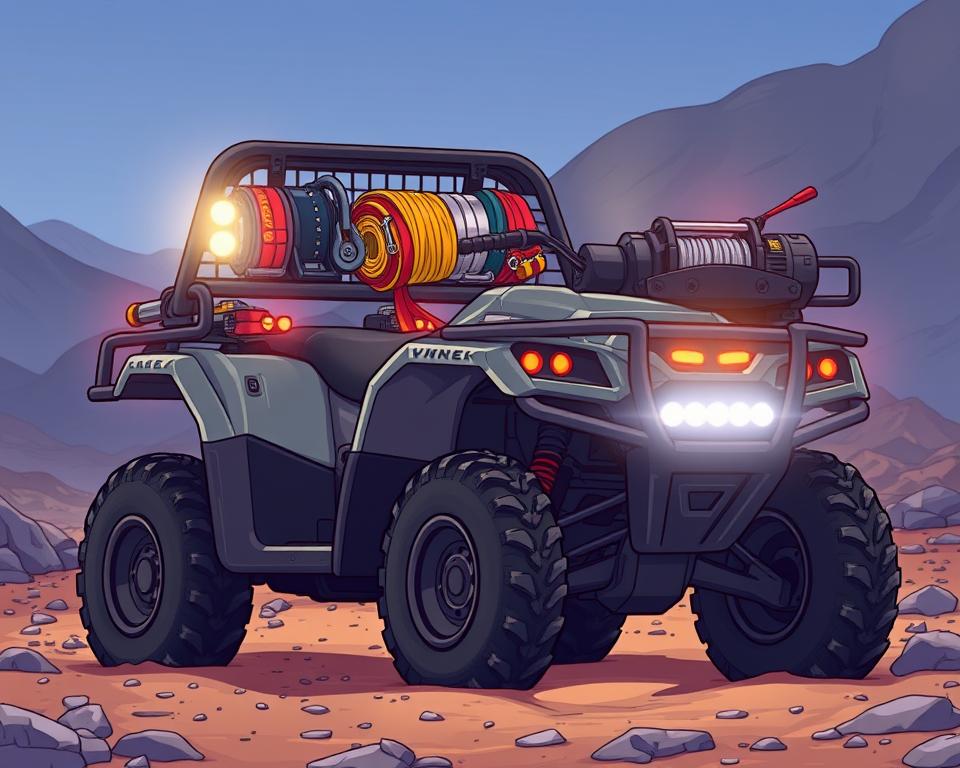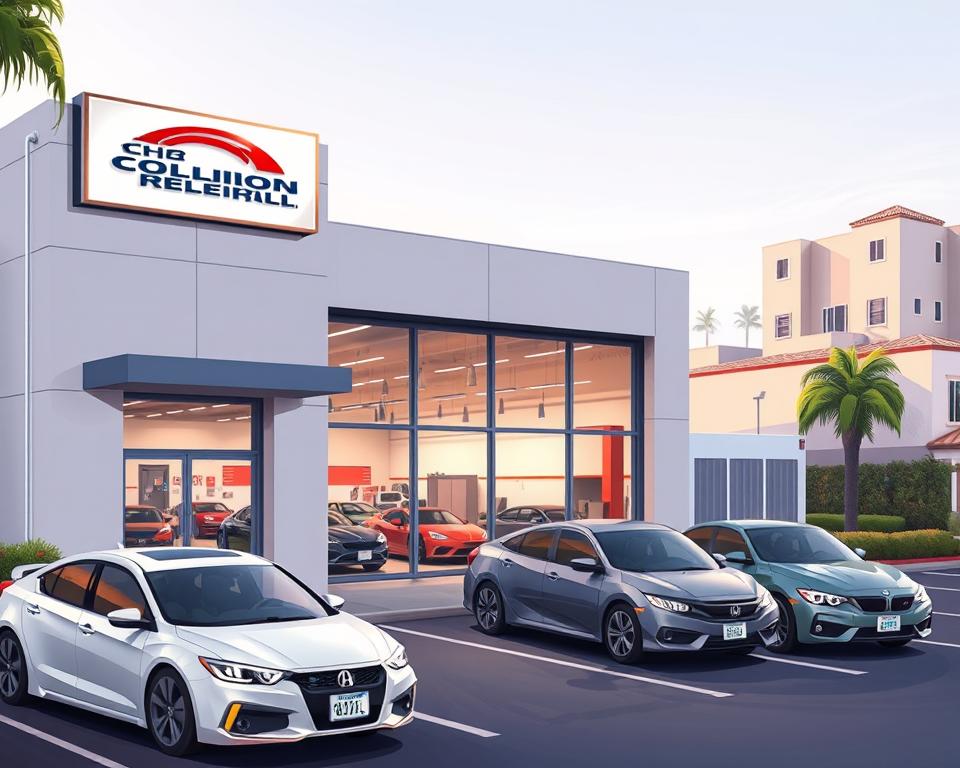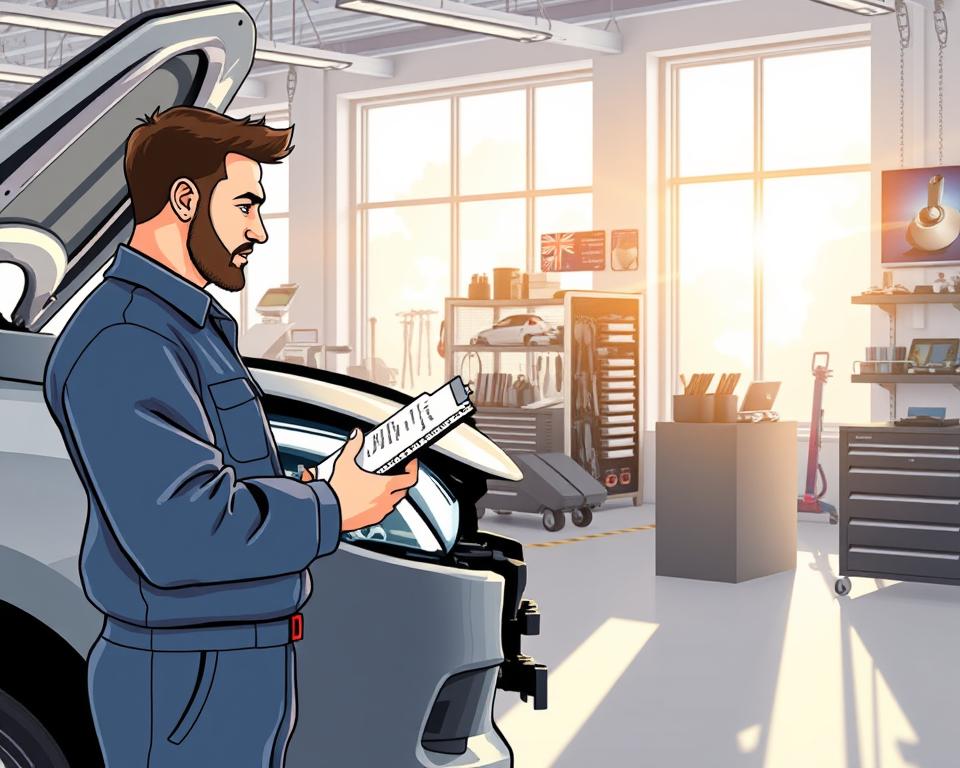Complete ATV Off-Road Safety Prep Guide
Are you aware nearly approaching half a million ATV-related injuries are treated in U.S. emergency rooms each year? Such a high number stresses the importance of being prepared and safe on the trails. Use this Essential ATV Off-Road Checklist to ensure every ride is safe and fun. It covers everything from rocky trails to sand dunes. Armed with proper safety equipment and discount UTV parts must-haves, you’ll reduce hazards and amplify the fun.
Primary Conclusions
- Start with safety: follow this checklist for full prep.
- Your gear list is critical for staying protected off-road.
- Keep your ATV running smoothly with routine care.
- Water and snacks—musts for long off-road sessions.
- Don’t wander: rely on trusty navigation tools.
- Weather can flip fast—be ready with proper gear.
- Always carry essential tools and recovery kits for on-trail repairs and emergencies.
Understanding the Importance of Safety Gear
Safety is non-negotiable for every off-road trip. ATVs deliver thrills—and risks. Proper gear guards you against mishaps. Gear up correctly with this ATV safety gear checklist.

Essential Protective Gear
Maximizing protection involves several key items:
- Helmets: Always use a DOT helmet to guard against head trauma.
- Eye Protection: Block dirt and grit with quality goggles.
- Gloves: Wear durable gloves for better grip and hand protection.
- Boots: Ankle-support boots are a must.
- Body Armor: Wear armor to guard your torso on rough trails.
- Neck Braces: A neck brace protects your spine in a crash.
Emergency Preparedness
Don’t overlook your emergency kit. Your emergency bag could be your best friend. Key items to include are:
- First aid kit
- Multi-tool
- Tire repair kits
- Portable air compressors
- Emergency blankets
- Whistles
- Matches
ATV Equipment for Optimal Performance
Gear choices affect how well your ATV runs. Pack these essentials for any trail. Routine checks keep your ATV working its best.
Must-Have ATV Equipment
- Durable Tires: Terrain-specific tires keep you glued to the track.
- Cargo Systems: Use efficient storage compartments for tools and emergency supplies, ensuring quick access when needed.
- Quality Fuel Tank: Never run low—use a proven fuel tank.
- Medical Kit: Be ready for scrapes and bruises with a first aid pack.
Regular Maintenance for Longevity
A maintenance schedule is your ATV’s best friend. Regular inspections should encompass:
- Inspect and clean or replace air filters regularly.
- A well-lubed chain spins quietly and reliably.
- Test your brakes on every pre-ride check.
This ATV maintenance checklist is essential for keeping your vehicle in peak condition and ready for adventure.
The Essential ATV Off-Road Checklist
Good prep keeps surprise breakdowns away. Use this pre-ride checklist to avert trouble before it starts. Each pre-ride inspection step requires attention to detail. Spend a few minutes now for peace of mind later.
Pre-Ride Inspection Basics
Before any off-road journey, a pre-ride inspection is vital. Catch faults early with a fast inspection. Key elements to check include:
- Tire pressure and tread condition
- Fluid levels such as oil and fuel
- Brakes and controls functionality
- Operational lights and horn
- Chain or driveshaft integrity
T-CLOC Inspection Method
Use T-CLOC for a thorough pre-ride check. Tires, Controls, Lights, Oil/Fuel, Chain—don’t miss a spot. This method ensures all critical areas are covered:
| Inspection Area | Checklist Items |
|---|---|
| Tires and Wheels | Check tire pressure, inspect tread depth, look for damage |
| Controls | Test brakes, throttle, and clutch for smooth operation |
| Lights | Ensure headlights, brake lights, and indicators are functioning |
| Oil and Fuel | Check oil level, inspect for leaks, and fill fuel tank |
| Chain/Driveshaft | Examine for wear, proper tension, and lubrication |
Check everything—ride with confidence. By checking these essential components, riders can avoid breakdowns.
Hydration and Nutrition for Long Rides
Long ATV rides require careful attention to hydration and nutrition. Dehydration slows reaction and focus—pack extra water. Water packs help maintain endurance and alertness. The right snacks are also key for maintaining stamina on the trail.
Importance of Staying Hydrated
Hydration is critical for ATV riders to stay alert and capable throughout their journey. It’s important to drink water consistently, not just when thirsty. Consider using a hydration pack for convenience and to monitor water intake effectively.
High-Energy Snacks to Pack
Choosing the right snacks is vital for extended ATV rides. Choose items that won’t spoil in heat. Some ideal choices include:
- Protein bars
- Nut mixes
- Dried fruits
- Beef jerky
These snacks provide a quick energy boost without hindering the riding experience. Mix sweet and salty options for flavor and function.
Navigation Tools for Off-Roading Adventures
Lose fear of getting lost with the right nav gear. A dependable nav setup means you’ll always find your way.
Advanced GPS Systems
An advanced GPS system is a must for off-road adventures. GPS should work without cell service and last all day. Garmin and TomTom lead the pack for trail GPS.
Traditional Navigation Aids
Technology is key, but traditional tools are also essential. A compass never needs a signal. Map-and-compass know-how keeps you in control. Tech plus tools equals total navigation readiness.
Communication Equipment for Safety
Effective communication is key during off-road adventures, as many trails are in remote areas with no cell service. Using reliable ATV communication gear is vital for safety. It gives riders peace of mind.
Don’t split up without radios in hand. These devices ensure clear audio over long distances. They allow for real-time updates on any changes or hazards. When choosing two-way radios, look for models with:
- Weatherproof construction to resist the elements
- Extended run-time for extended trips without needing a recharge
- Channel selection for clear communication without interference
Always include comms in your gear list. They keep everyone coordinated and secure. Radios cut through noise and barriers. Clear comms = better rides.
Self-Rescue Gear for ATV Riders
Every ATV rider should be ready for unexpected situations on the trail. With the right kit, you’ll tackle obstacles solo. Being self-sufficient elevates confidence and safety.
Winches and Recovery Kits
Never ride dirty trails without a winch. Kit up your winch for maximum extraction muscle. Recovery kits usually include:
- Tow straps
- D-rings
- Recovery boards
- Gloves
Understanding how to use this gear boosts ATV riders’ confidence in navigating rough terrain. Be ready for anything the trail throws at you.
Trail Recovery Essentials
Winches are just the start; several trail recovery essentials are also critical for off-road adventures. These include:
| Equipment | Purpose |
|---|---|
| Recovery Straps | Used for towing or pulling ATVs out of tight situations. |
| Shovel | Helps clear obstacles and dig out vehicles when stuck. |
| Traction Mats | Provides grip under tires in muddy or slick conditions. |
| Portable Air Compressor | Enables quick tire inflation after deflating for better traction. |
Be the rider who never gets stranded. Knowing how to use these tools greatly improves safety and adventure on your off-road excursions.
Staying Adaptable: Preparing for Weather Changes
Trail weather can change in minutes. Your comfort and safety depend on proper weather prep. An ATV gear checklist must include weather gear to cover all bases.
Layering your clothes is key to adapting to temperature changes. Begin with a moisture-wicking base layer to manage sweat. Then, add insulating layers like fleece or wool that can be removed as needed. Finish with a rain-and-wind jacket. Stay dry and warm through all conditions.
Weather-Appropriate Clothing
- Rain Shells: A must-have for sudden downpours.
- Breathable Pants: Pants that vent yet keep out the rain.
- Sun Protection: Lightweight, long-sleeved shirts and wide-brimmed hats safeguard against harmful UV rays.
- Cold-Weather Gloves: Keeps hands warm and functional during colder rides.
Don’t let the weather ruin your ride. Comfortable riders ride longer and safer.
Tools for On-Trail Repairs
Essential repair tools are a rider’s best friend. Pack tools you trust. Fix flats and loose bolts in minutes.
Must-Have Tools and Kits
A well-prepared rider should assemble a basic tool kit. Pack only the essentials—no junk. Critical ATV repair tools might include:
- Tire irons for changing flat tires
- Pliers for gripping and cutting
- Wrenches for various sizes of bolts and nuts
- A multi-tool for versatility
- Spare items such as spark plugs and electrical wire
- Duct tape for quick fixes
Having these tools readily available boosts confidence and autonomy while exploring off-road trails.
Basic Emergency Supplies
Emergency items can be lifesavers. These supplies help ensure your safety in challenging situations:
- First aid kit for injuries
- Flashlight with extra batteries for night-time visibility
- Emergency whistle for signaling assistance
- Reflective triangles or flares to warn other riders
- Water and high-energy snacks for sustenance
Preparedness significantly impacts your off-roading experience. Always keep these ATV repair tools and emergency supplies handy.
To Summarize
Preparation is the secret to epic trails. Check off each item and pick reputable brands. Ride confidently on every surface.
Gear up fully and ride securely. Prep wisely for peak thrills and protection. Focus on fun, not fears.
Gear up, stay sharp, and savor every off-road second. Your ride’s story begins with good prep. Use this guide for the best off-road experiences.
Frequently Asked Questions
What must an ATV safety checklist cover?
Start with a DOT helmet and sturdy goggles. Don’t skip gloves, boots, and armor. Neck braces offer additional protection. Remember to pack an emergency kit with a first aid kit and multi-tools for preparedness.
How do I keep my ATV in top shape?
Keep filters clean and chain well-lubed. Inspect brakes as well. Regular service keeps your ATV trail-ready.
What does the T-CLOC inspection method entail?
T-CLOC is a five-step pre-ride routine. Cover Tires, Controls, Lights, Oil/Fuel, Chain in T-CLOC. This ensures your ATV’s critical components are in working order before hitting the trails.
How much water should I bring on an ATV trip?
Pack extra hydration for safety. Proper hydration wards off exhaustion. Hydro packs let you drink without stopping.
Must-have navigation tools for ATV trips?
Use an off-road GPS unit. Also carry a compass and laminated maps.
Why carry two-way radios?
Comms keep groups connected and safe. Areas with limited cell service highlight the need for reliable two-way radios.
Essential recovery gear for off-road?
Be ready with winch and recovery essentials. Have straps, shackles, mats, and gloves on hand.
How to handle trail weather swings?
Layer up and down as conditions shift. Don’t get caught soaked—bring waterproofs. Don’t forget sunscreen and UV-blocking apparel.
Which trailside tools matter most?
A compact tool set lets you fix flats and loose bolts. Have spares and tape for quick fixes.


